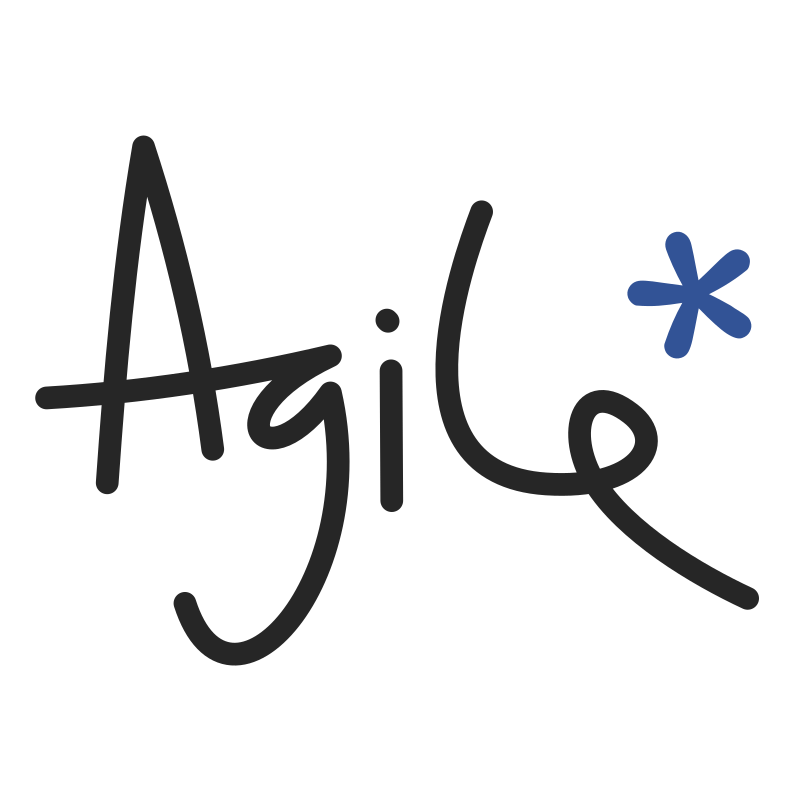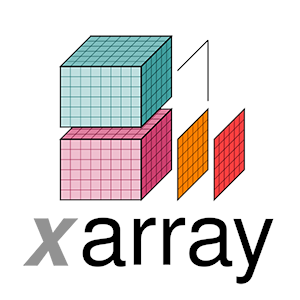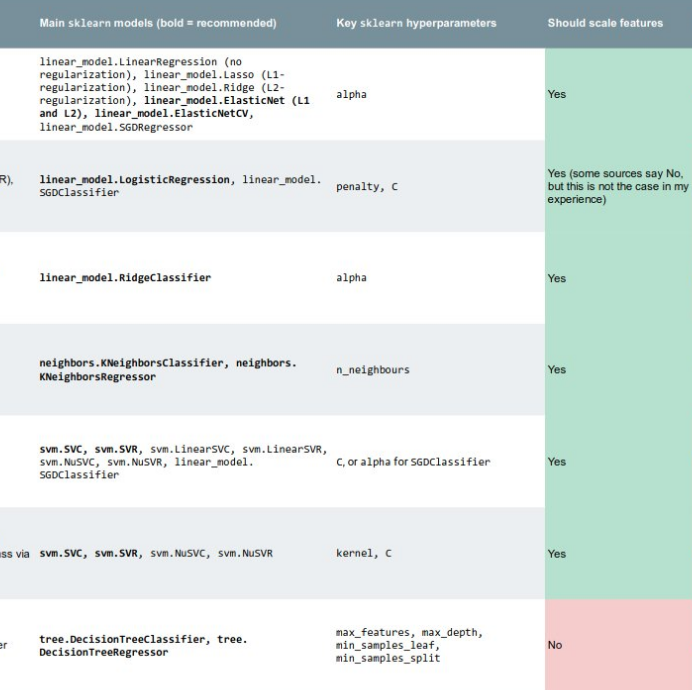To free, or not to free?
/ Yesterday, Evan and I published our fourth mobile app for geoscientists. It's called AVO*, it does reflectivity modeling, and it costs $2.
Yesterday, Evan and I published our fourth mobile app for geoscientists. It's called AVO*, it does reflectivity modeling, and it costs $2.
Two bucks?? What's the point? Why isn't it free? Well, it went something like this...
- So, this new app: is it free?
- Well, all our apps are free. I guess it's free.
- Yeah, we don't want to stop it from spreading. If it wants to spread, that is...
- But does free look... worthless? I mean, 'you get what you pay for', right? Look at all the awesome stuff we pay for: Amazon web services, Squarespace web hosting, Hover domain hosting, awesome computers,...
- So what would we charge?
- What do other people charge?
- There are no 'other people'... But there are technical apps for oil and gas out there. Most of them cost $1.99, some are $4.99, one or two are $9.99. Who knows how many downloads they get?
- I bet the total revenue is constant: if you charge $1 and get 1000 downloads, then you'll get 100 at $10. But that's an experiment you can never do—once you've charged some amount, you can't really go up. Or down.
- How do other people decide what to charge?
- I guess traditionally you might use a cost-plus model: the cost of production, plus a profit margin.
- What's our cost of production?
- Well, a few days of time... let's call it $5000. If we wanted to make $10 000, and only expect 500 people to even be in the market... It doesn't work. No-one will pay $20 for a cell phone widget.
- Won't they just expense it?
- Maybe... I don't think the industry is quite there yet.
- Hmm... I downloaded an app for $20 once [a seismograph]. And another for $10 [a banjo tuner]. I don't even think about paying $1 or $2. That amount is basically free. $1 is free.
- But a buck... isn't it just a pain to even get your credit card out?
- Well, once you're set up in Google Checkout, or iTunes or whatever, it's essentially one click. And then we get a sense of the real user base. The hard core!
- Yeah... right now about 50% of people who install an app nuke it a few days later.
- At least if it's under $5 we probably won't have to deal with refunds and other nonsense.
- Arrgghhhh... why is this so hard?
- Let's make it $2.
- Let's make it free.
- But this app is awesome. Awesome shouldn't be free. Awesome is never free. Awesome costs.
- But isn't this really just a thing that says "Agile is awesome, check us out, hire us"? It's marketing.
- Maybe... but it's useful too. It works. It does something. It has Science Inside™. People will get $1-worth out of it every time they use it. If this was a <insert energy software empire> app it would cost $10 000.
- Can we ask people to pay what they want? Like what Radiohead did with In Rainbows?
- No because they're already huge. They invoke mass hysteria in grown men. We don't invoke mass hysteria. Among anyboy.
- Damn. OK. Let's make it nearly free. As-good-as-free. Free-ish. Pseudo-free. Free*.
- $2?
- $2.
So the app costs a toonie, and we promise you won't regret it for a second. If you can't afford it, email us and we'll send you a free one. If you really hate it, email us and we'll send you $3.

















 Except where noted, this content is licensed
Except where noted, this content is licensed